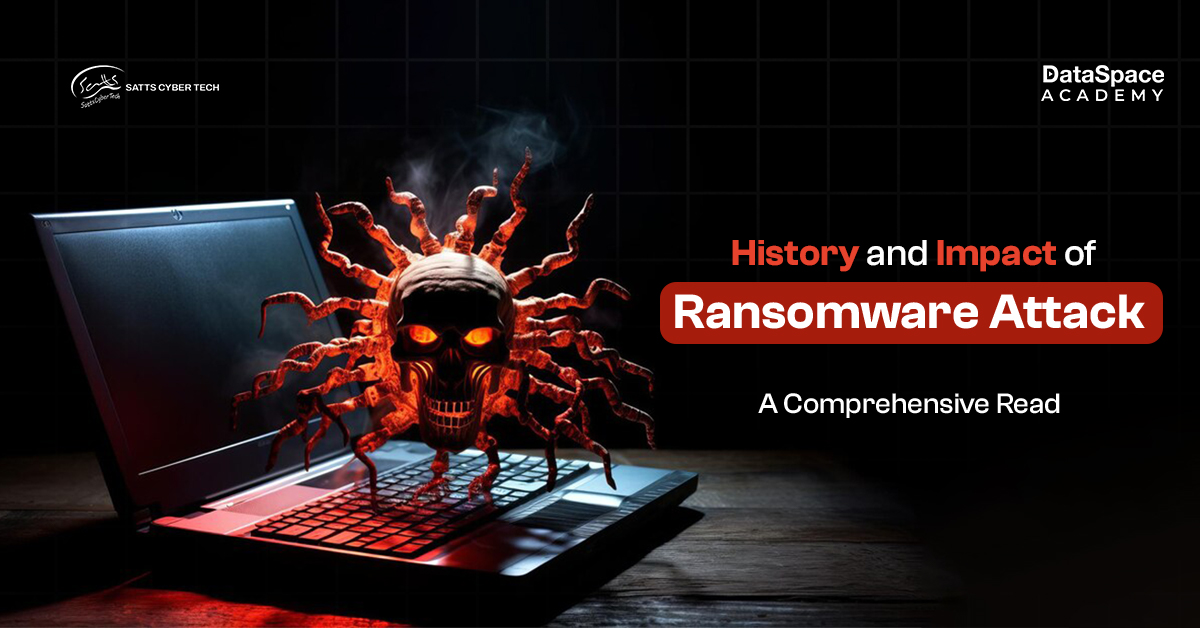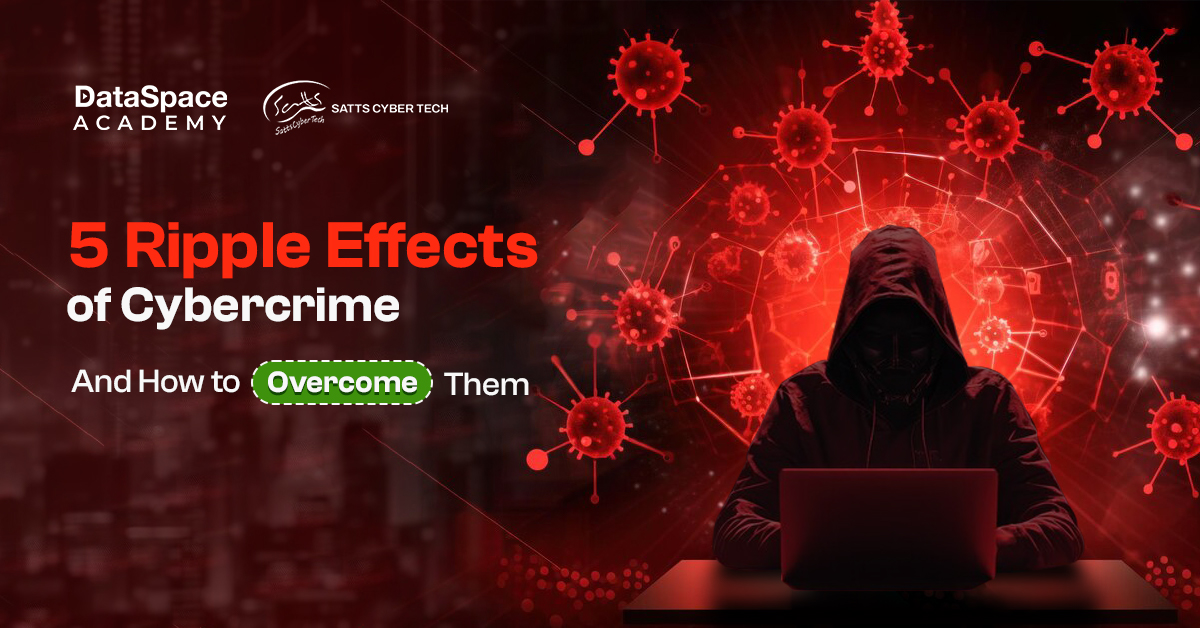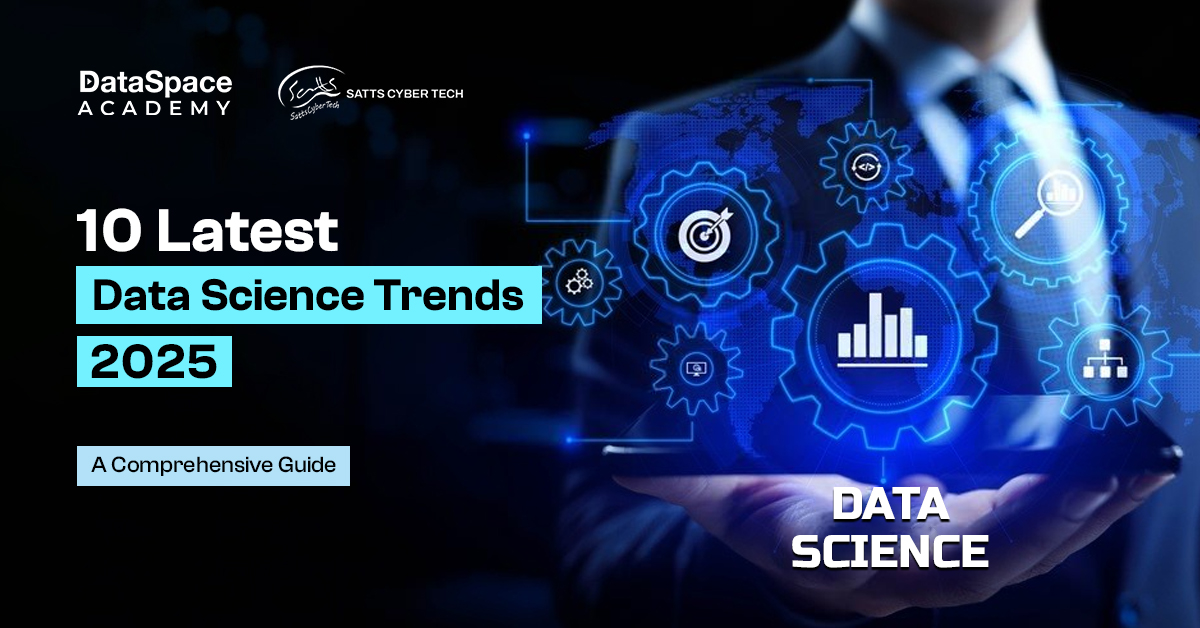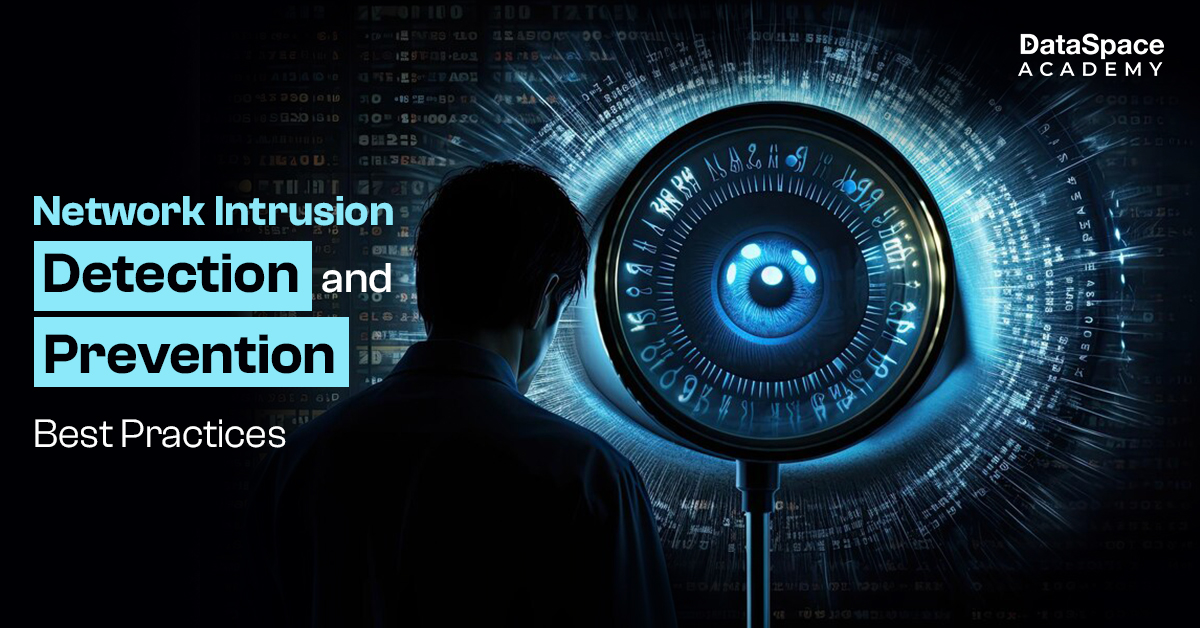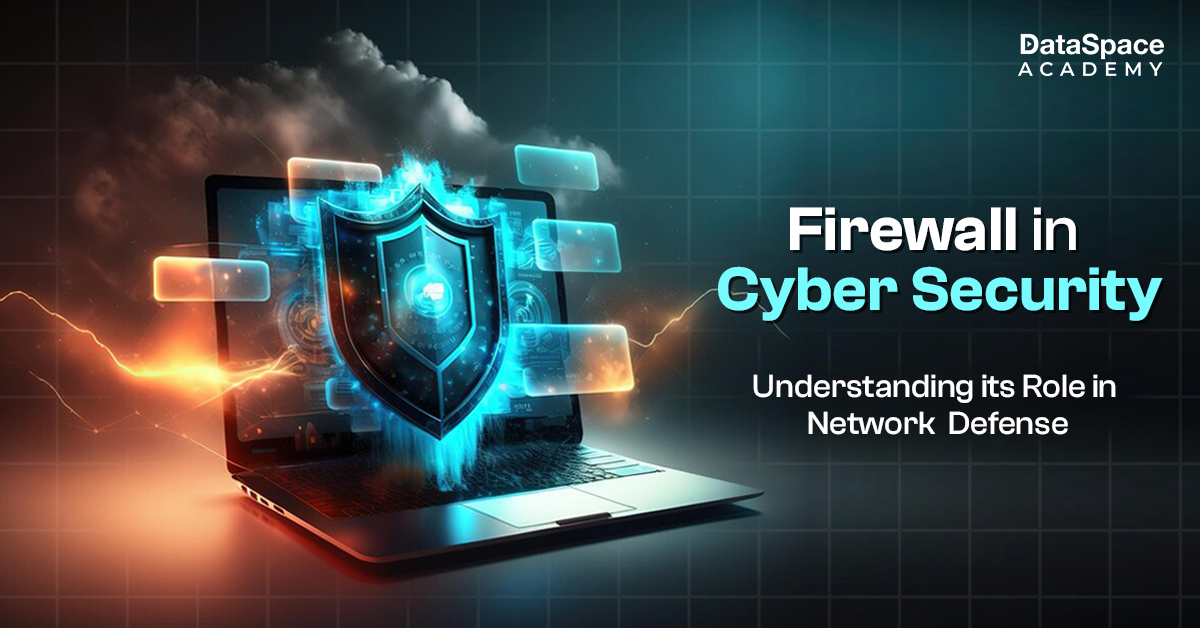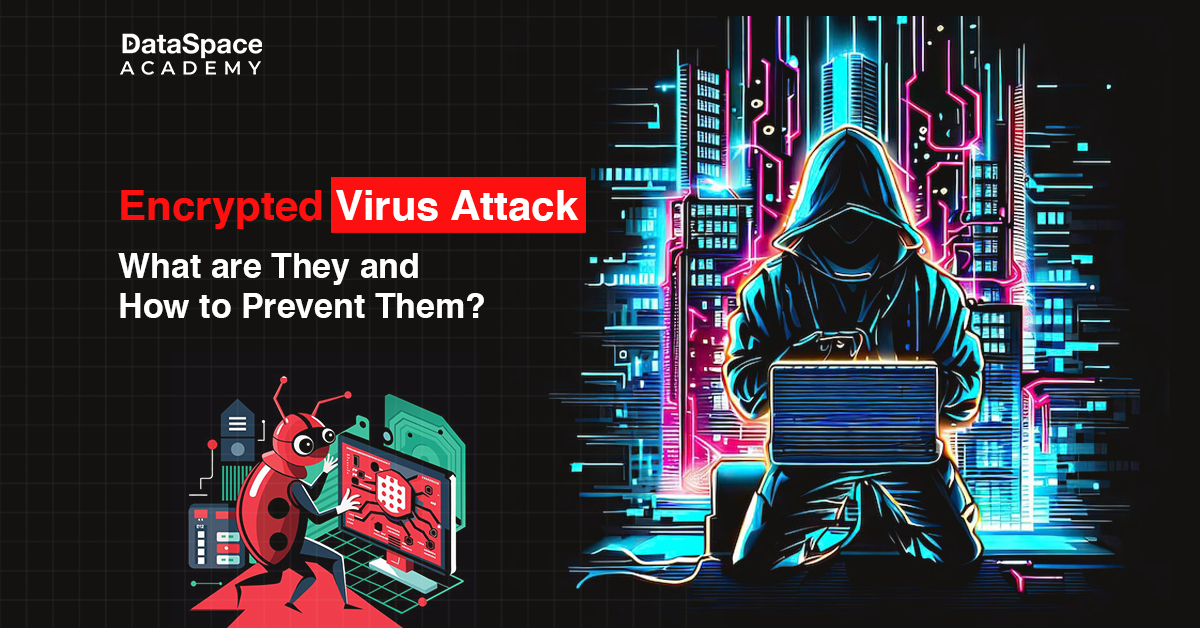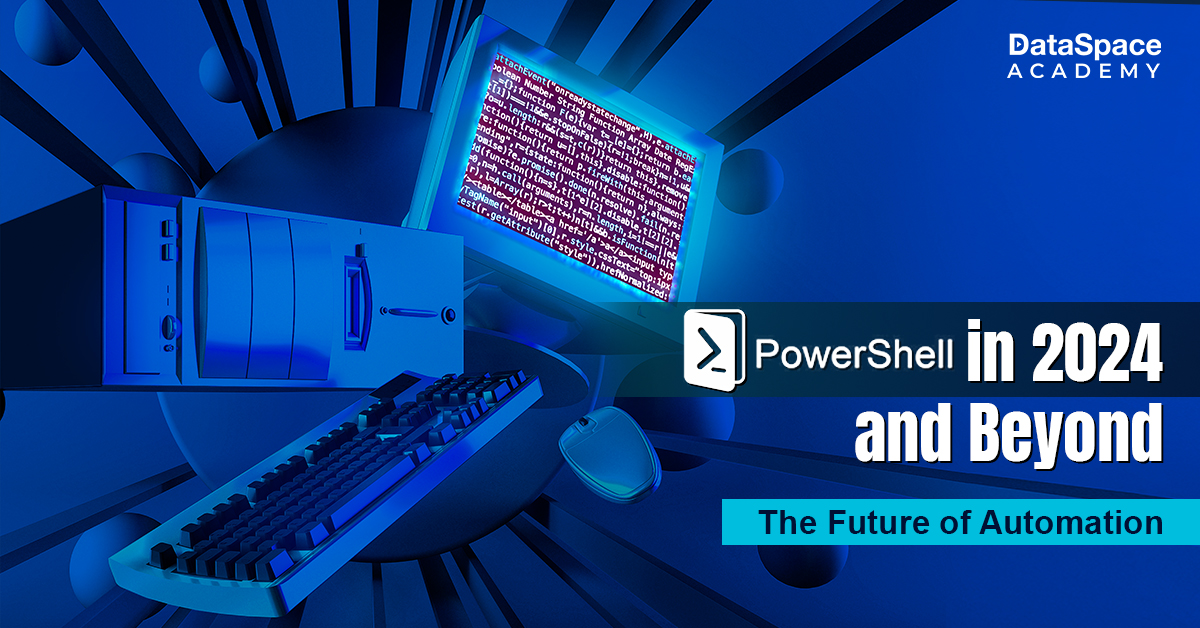Importance of Antimalware for an organization
Last Updated : 17 Dec, 2021
 63.28K
63.28K

Importance of Antimalware for an organization
Table of Contents
Malware stands for malicious software program, which is a software program created to cause harm to records or a computer device. It’s a broad word for software that interferes with computer operations, collects sensitive data, or allows access to private computer systems. Malware is malicious code hidden in computer systems and is frequently installed without the computer’s owner’s knowledge or agreement. Malware can be propagated by email, operating systems, removable devices, or the internet. Viruses, spyware, worms, rootkits, and Trojan horses are all types of malware.
Viruses, worms, and Trojan horses are the three most frequent types of malware described above. A computer virus is a software that replicates and spreads from one computer to another. A worm is comparable to a virus in that it can apply without infecting other programs on a computer. A worm can spread on its own. A Trojan horse may appear harmless, such as a game or a screen saver, but it contains malware that harms the computer or allows the creator access to the user’s data.
What exactly is antimalware (anti-malware) software?
Antimalware is a software program designed to defend computers and information technology (IT) systems from harmful software, also known as malware. Antimalware software scans a computer system for malware to prevent, detect, and remove it.
How anti-malware software works
Antimalware software employs three strategies to defend systems from malicious software: signature-based detection, behavior-based detection, and sandboxing.
- Malware detection based on signatures
Signature-based malware detection identifies new dangerous software by comparing it to a list of known software components and their digital signatures. Software providers create signatures to detect certain harmful malware. The signatures are used to identify destructive software of the same type that has already been classified as malware and mark new software as malware. This method works well for prevalent malware like keyloggers and adware, which have many of the same traits.
- Malware identification based on behavior
By taking an active approach to malware analysis, behavior-based malware detection aids computer security professionals in identifying, blocking, and eradicating malware more quickly. Malware is identified using behavior-based malware detection, which looks at how dangerous software behaves rather than how it looks. Signature-based malware detection is being phased out in favor of behavior-based malware detection. Machine learning algorithms are occasionally used to power it.
- Using a sandbox
Sandboxing is an antimalware security tool that isolates potentially dangerous files from the rest of the system. Sandboxing is a popular way of filtering out possibly harmful files and removing them before harm.
Sandboxing is an antimalware security tool that isolates potentially dangerous files from the rest of the system. Sandboxing is a popular
When you open a file from an unknown email attachment, for example, the sandbox will run it in a virtual environment with just a limited set of resources, such as a temporary folder, the internet, and a virtual keyboard. If the file tries to access other applications or settings, the sandbox will stop and terminate it.
- Anti-malware applications
Antimalware software program is valued for extra than best checking facts for viruses. Antimalware can assist guard computers from malware threats by reading all incoming records and stopping malware from being set up and infecting them. Antimalware software programs also can discover and defend against advanced malware and ransomware threats.
Is investing in strong antimalware important for an organization?
Antimalware software can aid in a selection of approaches:
- Stopping users from journeying websites known to incorporate malware;
- Preventing malware from spreading to different computers in a computer system;
- Presenting perception into the variety of infections and the time it takes to put off them;
- Imparting insight into how the malware compromised the tool or community
Antimalware software can help maintain a laptop malware-loose, and strolling an anti-malware application on a regular foundation can maintain a laptop functioning smoothly and competently. Antimalware software program that works fine captures the most threats and requires the fewest updates, permitting it to run inside the background without slowing down the pc. Numerous unfastened antimalware apps are available to protect a pc in opposition to malware infection.
Antimalware and antivirus are not the equal matters
At the same time, as the phrases malware and virus are often interchanged, they did not always consult with the equal entity within the beyond. Although a plague is a malware, now not all malware is a virus. Viruses are the most frequent kind of malware; they’re malicious programs that try to acquire access to a laptop or statistics community if you want to inflict harm. Viruses, including Trojan horses, viruses, keyloggers, and worms, have been thought to be older, more famous threats. An epidemic is a self-replicating software, while malware attempts to accomplish a certain purpose but is not self-replicating. Malware has come to refer to more recent, more significant risky threats disseminated through malicious advertising (malvertising) and 0-day exploits.
Share on facebook
Facebook
Share on twitter
Twitter
Share on linkedin
LinkedIn
 63.28K
63.28K
